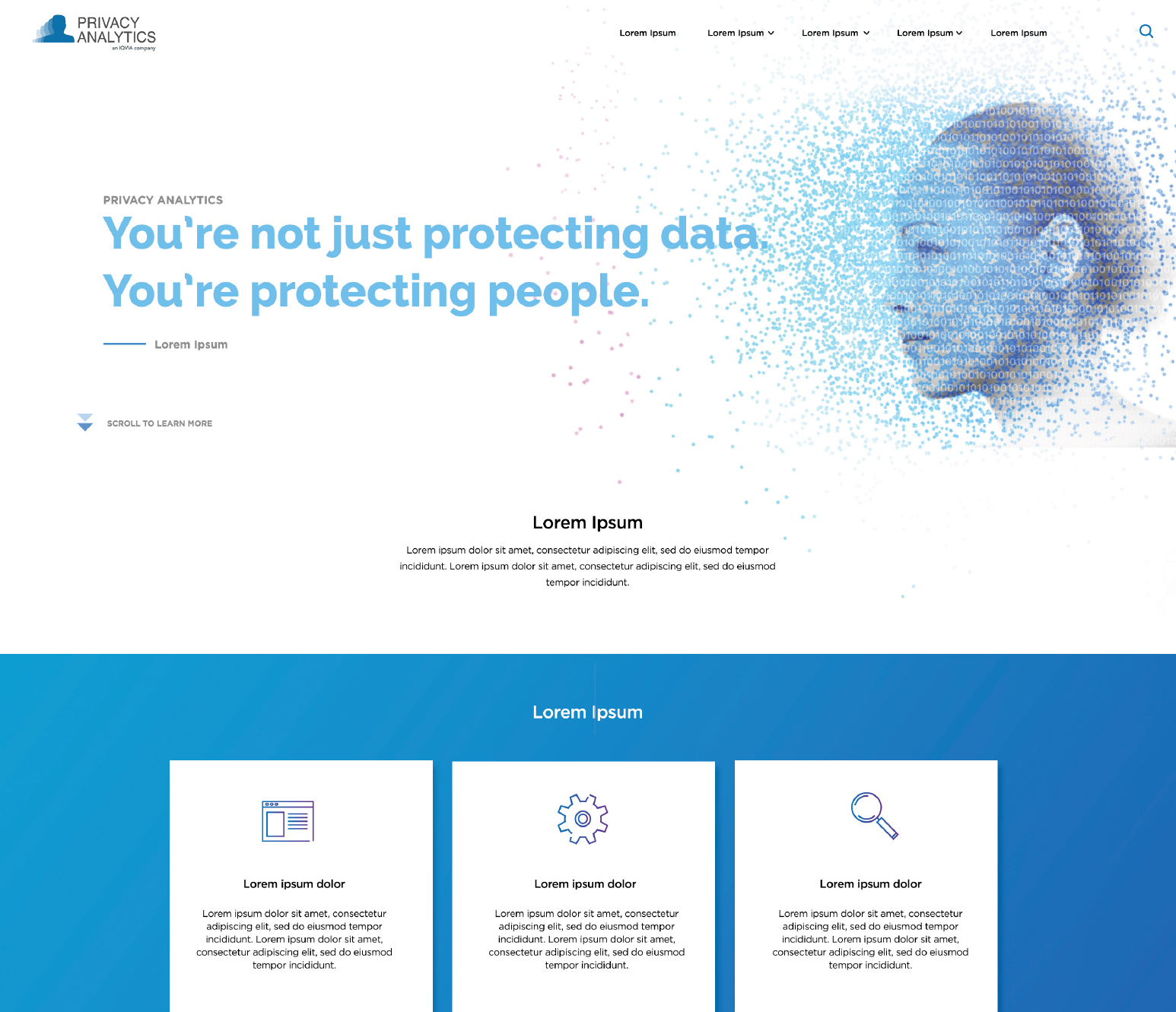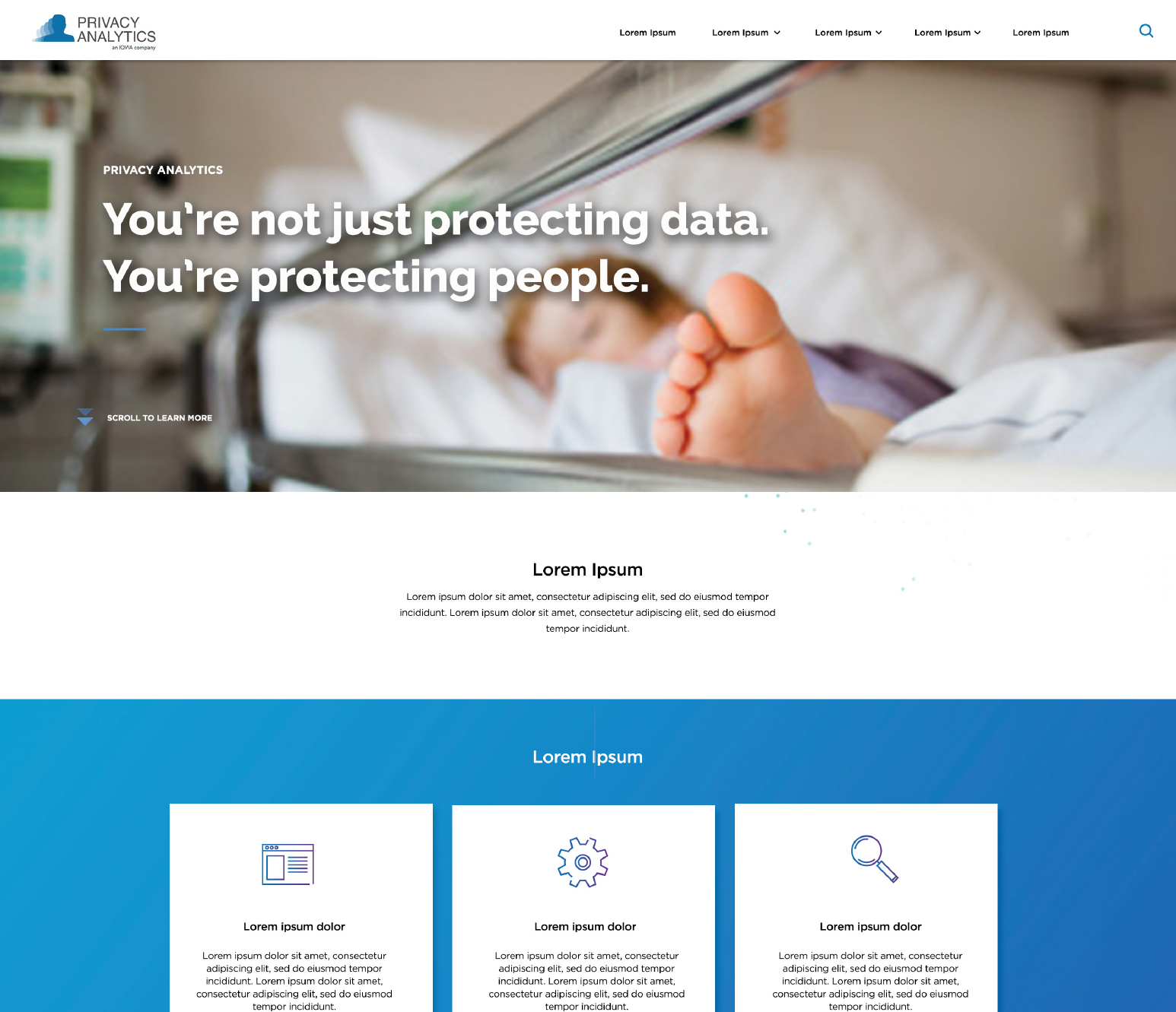Canadian academic institutions help students pursue academic excellence, discover innovations in research, grow intellectually as individuals, develop self-sustaining skills and learn how to make a positive impact on our world.
Post-secondary institutions invest significant portions of their recruitment budgets trying to engage 16 and 17 year-olds with concepts that centre around these lofty ideas.
When high school students shop for post-secondary schools, they consider the big picture ideas, but also practical issues such as location, financial cost, career opportunities and program types, graduation rates, brand reputation and ranking. And while logic factors play an important role in their decision-making, there are emotional factors which are equally important.
A recent Statistics Canada survey revealed that when choosing a university, four out of five bachelor’s degree holders said “personal interests” were “very important” while only two-thirds said “future employment opportunities” were important.
Source: Macleans
A Sallie Mae and Ipsos study from the US provided a breakdown on personal interest criteria for evaluating post-secondary opportunities.
Source: How America Values College 2018, a national study by Sallie Mae and Ipsos
-
-
- Campus setting (39%)
- Size of the college or number of students (26%)
- Close to home (25%)
- Activities, clubs, or sports (16%)
- Social life (15%)
- Far from home (10%)
- Online courses (9%)
- Family member attended (8%)
-
Personal interest and “fit” are understandably important factors especially when you consider that attending a university or college is in many cases the student’s first step into adult life. It is when students start to see themselves more fully as individuals, apart from their family.
Students are looking for greater autonomy but may also feel unprepared for it. They are eager to start a new chapter, but fear of the unfamiliar lurks. Academic institutions need to speak to the emotional realities of the prospective student and engage them more fully.
Five ways for post-secondary schools to engage high schoolers effectively.
Portray life in a new home.
A student’s dorm room will be their first home-away-from home. They want to see the room they’ll be sleeping in, the desk they’ll do their homework at, the closet where they’ll put their mini fridge. They’ll want to see the cafeteria and other common areas they’ll be hanging out in. The depiction of residence life must speak to the student’s desire for autonomy but also portray a strong sense of community.
Show life on campus.
Is your campus built around historically important buildings? Does it sprawl over vast expanses of green? Does it feature spooky subterranean tunnels, quirky historical buildings or serene living walls? Is it located in a thriving urban centre or a serene rural village? Students want an intimate understanding of what their life will look like on and off campus. So help them see it.
Express your culture.
School culture is important to prospective students. Seeing culture helps them see themselves there, or not. Culture can be found in social groups, interest-based clubs, sporting events and even the library. Presenting this facet of your school vividly will not only help your prospects determine whether it is a culture they want to become part of, but it will also give you a chance to talk to an audience that has already successfully converted—current students.
Talk with students who’ve already picked you.
Listening to what students need and want will improve how you express your brand. Cross referencing what students tell you with what you’ve uncovered about your school in your walk-about will ensure your marketing messages are aligned to what is unique about you. Check out the vloggers and bloggers at your school. Follow unofficial social media groups. Listen to what really matters to your students and reflect it back.
Speak your unique truth.
To connect with prospective students emotionally, academic institutions have to follow the rule of all good marketing campaigns which means they have to uncover and speak the unique truths that are meaningful to their audiences, in this case—high school students.
Lakehead University’s unique truth: Exceptional. Unconventional.
Working with our strategic partners, we were able to uncover Lakehead’s unique truth. By doing our research, walking around the campuses, talking with high school and first year students we heard about what is uniquely appealing about Lakehead. We learned that students choose Lakehead because it is not located in Toronto. They choose it because their friends haven’t. They choose it because it offers the promise of an uncharted path to a more meaningful future for them.
Hearing students speak about why they choose Lakehead helped us understand how to reflect the brand back to them and also to future students. This process also allowed us to articulate what makes Lakehead University so unique, relative to the other 150 University brands in Ontario and to express that uniqueness with a new visual identity and messages that connected on a deeper level with 17 year olds.




RECENT POSTS
Universal Adjustable Neck Mount. Wow, that’s a mouthful.
KOOZBALL
COVID VS Creativity